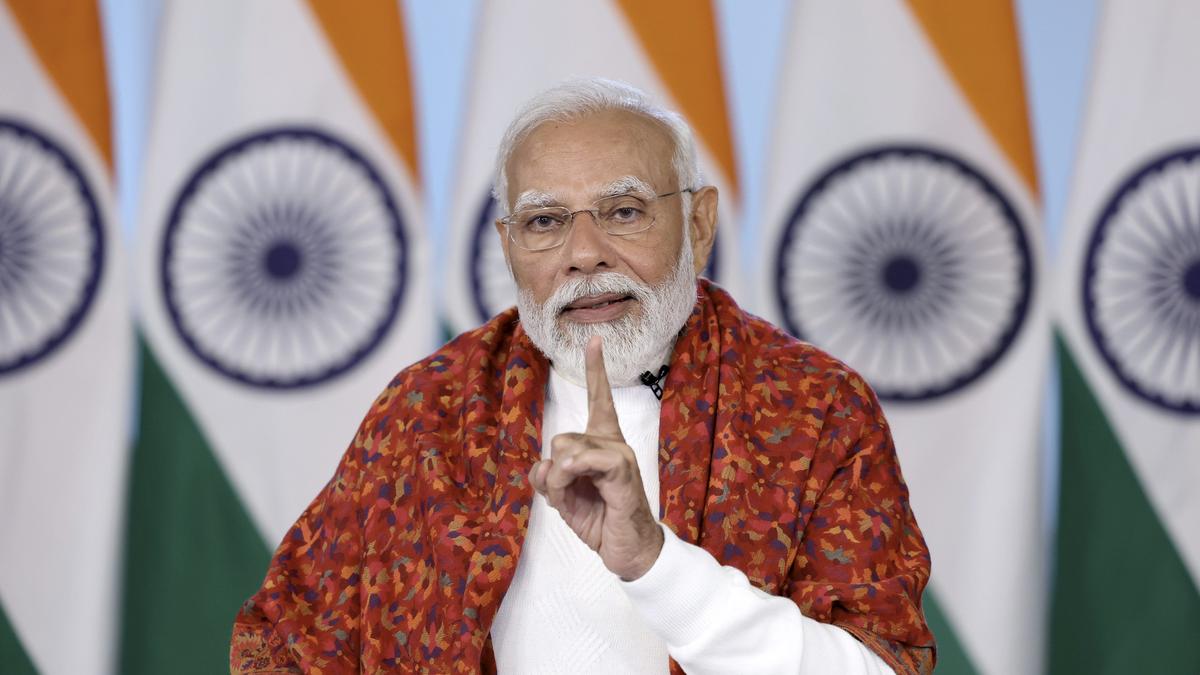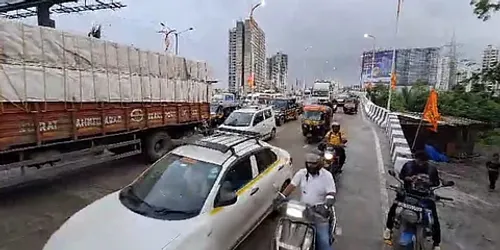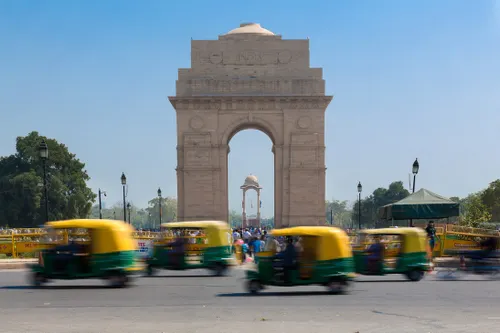
Prime Minister Narendra Modi has previously spoken of four categories he described as marginalised in Indian society: youth, women, the poor, and farmers. File picture of PM Modi interacting with beneficiaries of the ‘Viksit Bharat Sankalp Yatra’.
| Photo Credit: PTI
The Union Cabinet’s decision to proceed with caste enumeration as part of the decadal Census exercise has potentially weakened a significant opposition plank, while also reflecting the BJP-led government’s calculations regarding the identification of both dominant and dominated communities within the caste framework and its potential future implications.
The Congress party had been demanding a caste census for some time, and such exercises had been announced in Congress-ruled States, including Karnataka and Telangana, where surveys have reportedly been completed. Prime Minister Narendra Modi has previously spoken of four categories he described as marginalised in Indian society: youth, women, the poor, and farmers. The issue has the potential to be significant in the upcoming polls in Bihar.

Announcing the Union government’s decision, Information and Broadcasting Minister Ashwini Vaishnaw referenced attempts by State governments led by the Congress or other Opposition parties, stating some had conducted such exercises well, while others had “created doubts in society”. He added that the decision to include caste enumeration in the decadal Census would “strengthen the social and economic structure of our society”.
While immediate political considerations included neutralising an important Opposition plank, the move has other, longer-term implications.
Speaking to The Hindu, political scientist Badri Narayan, author of a biography of Bahujan Samaj Party (BSP) founder Kanshi Ram, stated that the enumeration of castes within the Census exercise would likely lead to the emergence of new identities and aspirations. He elaborated that this assertion of the marginalised might initially occur separately but would ultimately coalesce into larger groups, opening avenues for new political negotiations, coalitions, and party politics.

“Assertions, ruptures and similar developments will happen, opening the space for political negotiation,” Mr. Narayan said. He added, however, that caste enumeration would also lead to “the identification of both the dominant and the dominated, which will have a positive effect in terms of targeting welfare as well.”
The experience of the Congress in Karnataka, where dominant communities such as the Vokkaligas and Lingayats have raised issues about the State-wide caste survey, serves as a case in point.
The government, for its part, also highlighted reservations for the Economically Weaker Sections (EWS) among the general category as part of its aim for welfare for all sections “without causing stress in any section of society”, potentially addressing concerns that may arise among upper castes.

Political scientist Ashwani Kumar observed, “The narrative pushed by the government therefore is not for fragmentation but for harmony through power sharing.” He said it would be a golden opportunity for better power-sharing and for deepening democracy.
Caste enumeration is therefore likely to have long-term consequences, and the decision represents the government and the BJP undertaking a calculated risk, the outcome of which remains to be seen.
Published – April 30, 2025 10:02 pm IST
Anurag Dhole is a seasoned journalist and content writer with a passion for delivering timely, accurate, and engaging stories. With over 8 years of experience in digital media, she covers a wide range of topics—from breaking news and politics to business insights and cultural trends. Jane's writing style blends clarity with depth, aiming to inform and inspire readers in a fast-paced media landscape. When she’s not chasing stories, she’s likely reading investigative features or exploring local cafés for her next writing spot.






